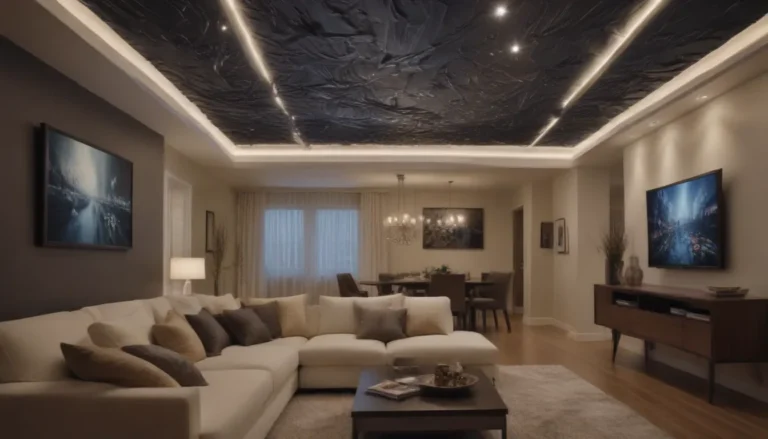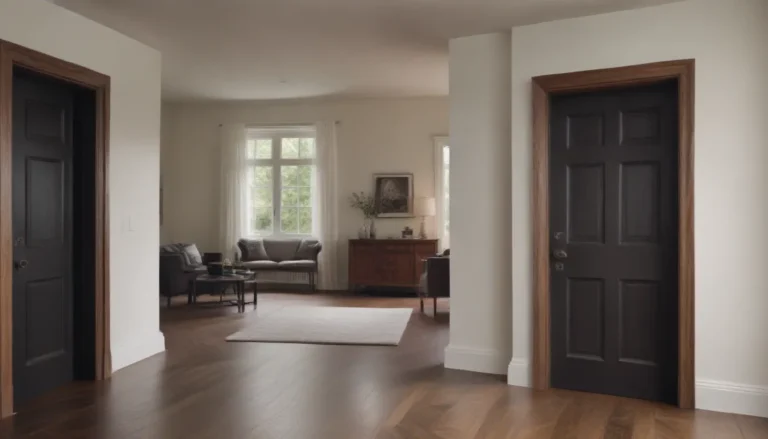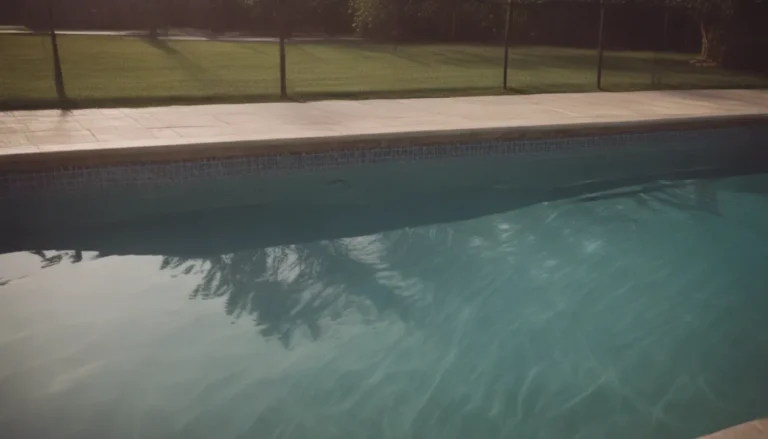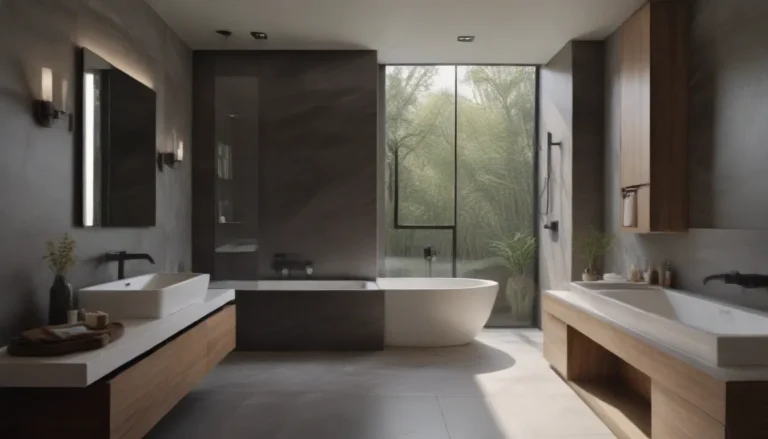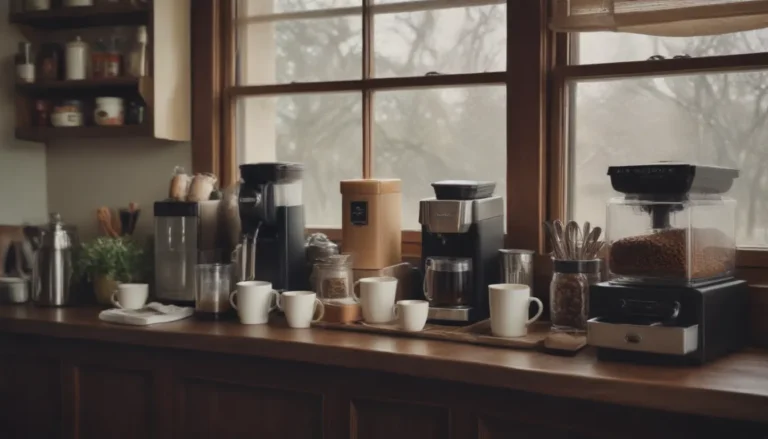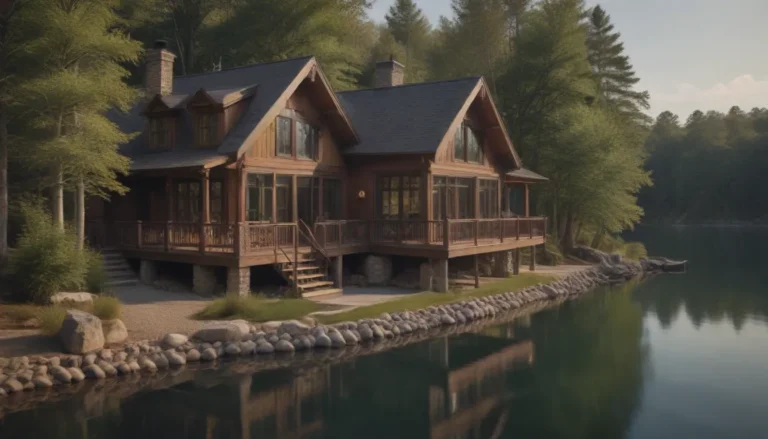The Complete Guide to Using Wallpaper in the Bathroom
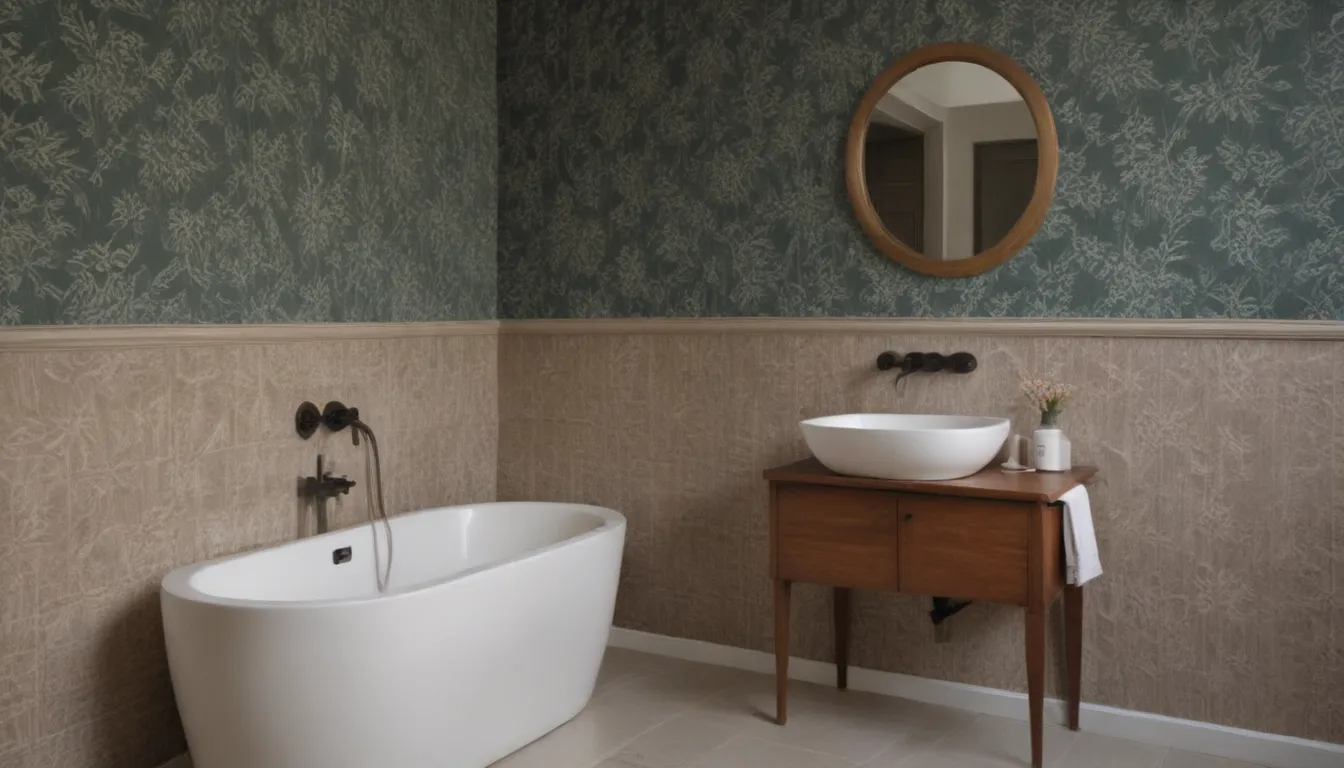
Are you considering adding a touch of color and design appeal to your bathroom by using wallpaper? You might have heard that it’s not suitable for humid environments. However, with the right preparation and the proper choice of wallpaper, you can transform your bathroom into a stylish space with wallpaper.
Is Wallpaper in the Bathroom a Good Idea?
Bathrooms are constantly exposed to humidity, water splashes, heat, and mold, which can wreak havoc on traditional paper wallpaper. Organic materials like wood and paper are not compatible with water. Despite these challenges, with the correct techniques, suitable wallpaper, and careful management of moisture and temperature, using wallpaper in the bathroom is indeed possible.
Tip
When it comes to wall coverings in bathrooms, paint is generally a safer bet. Opt for eggshell, satin, or semi-gloss acrylic-latex interior paint, or consider hard, impermeable materials like glazed tile or synthetics for a moisture-resistant option.
Benefits and Drawbacks of Bathroom Wallpaper
Before diving into the process of incorporating wallpaper in your bathroom, let’s weigh the pros and cons to help you make an informed decision:
Pros:
– Wide variety of designs and patterns available
– Covers minor imperfections on walls
– Durable and long-lasting
– Easy to install
Cons:
– Risk of peeling and mold growth
– Requires additional wall preparation before installation
– Touch-ups and repairs can be challenging
– Removal process can be difficult
Types of Wallpaper Suitable for the Bathroom
When it comes to selecting wallpaper for your bathroom, it’s essential to choose a type that can withstand the high-moisture environment. Here are two common options along with their characteristics:
Paper Wallpaper
Traditional paper wallpaper offers a vast range of designs and options, including unique designer papers. However, paper is susceptible to water damage. Ensure that the wallpaper is treated with a flat or satin decorator’s varnish post-installation to protect it from moisture.
Vinyl Wallpaper
Peel-and-stick vinyl wallpaper is a popular choice for its versatility and durability. It comes in various colors, designs, and textures, making it suitable for different styles. Look for pure vinyl wallpapers to ensure they are water-resistant and ideal for high-moisture areas like bathrooms.
Tip
Check the product specifications to verify that the wallpaper is 100 percent vinyl, as vinyl-coated paper or certain types of vinyl wallcoverings may not be suitable for bathroom use.
Addressing Concerns with Bathroom Wallpaper
To successfully use wallpaper in the bathroom, it’s crucial to manage factors like humidity, water splashes, and heat. Here are strategies to address common concerns:
General Bathroom Humidity
Invest in a good ventilation system to reduce humidity levels in the bathroom. Proper ventilation can help prevent moisture buildup, which can be detrimental to wallpaper.
Water Splashes Near Shower/Tub
Place a protective barrier like a shower curtain or glass enclosure to shield the wallpaper from direct water exposure near the shower or bathtub.
Water Splashes Above Sink
Similarly, use waterproof materials or protective coatings above sinks to safeguard the wallpaper from water splashes and splatters.
Bathroom Heat
Ensure that your bathroom is adequately ventilated and has proper insulation to regulate temperature and prevent excessive heat buildup, which can impact the longevity of the wallpaper.
Installing Wallpaper in the Bathroom
If you’ve decided to proceed with wallpaper in your bathroom, here’s a general overview of the installation process:
Preparation
- Start with a smooth, clean wall surface to ensure proper adhesion of the wallpaper.
- Use wallpaper primer specific to the type of wallpaper you’re installing for optimal results.
Application
- Dampen the wallpaper before hanging it to activate the adhesive.
- ‘Book’ the wallpaper by folding it inward on itself to prevent the glue from drying out.
- Use a wallpaper smoother to eliminate air bubbles and ensure a seamless application.
- Apply a coat of decorator’s varnish for added protection, especially in high-moisture areas like bathrooms.
Maintenance
- Seal edges and seams with clear silicone caulk to prevent water infiltration.
- Address any curling or lifting seams promptly with seam sealant to maintain the integrity of the wallpaper.
When choosing wallpaper for your bathroom, opt for 100 percent vinyl or properly treated paper wallpaper to withstand the challenges of a high-moisture environment. Avoid placing wallpaper inside or above the shower or bathtub to minimize the risk of water damage and mold growth. By following these guidelines and precautions, you can enjoy the aesthetic appeal of wallpaper in your bathroom without compromising on durability and functionality.
Remember, successful wallpapering in the bathroom hinges on thoughtful preparation, careful selection of wallpaper materials, and diligent maintenance to preserve the beauty of your space for years to come. Whether you prefer a bold pattern or a subtle texture, incorporating wallpaper can elevate your bathroom’s aesthetic and create a personalized retreat within your home.
So go ahead, explore the world of bathroom wallpaper and transform your space with color, style, and creativity!
